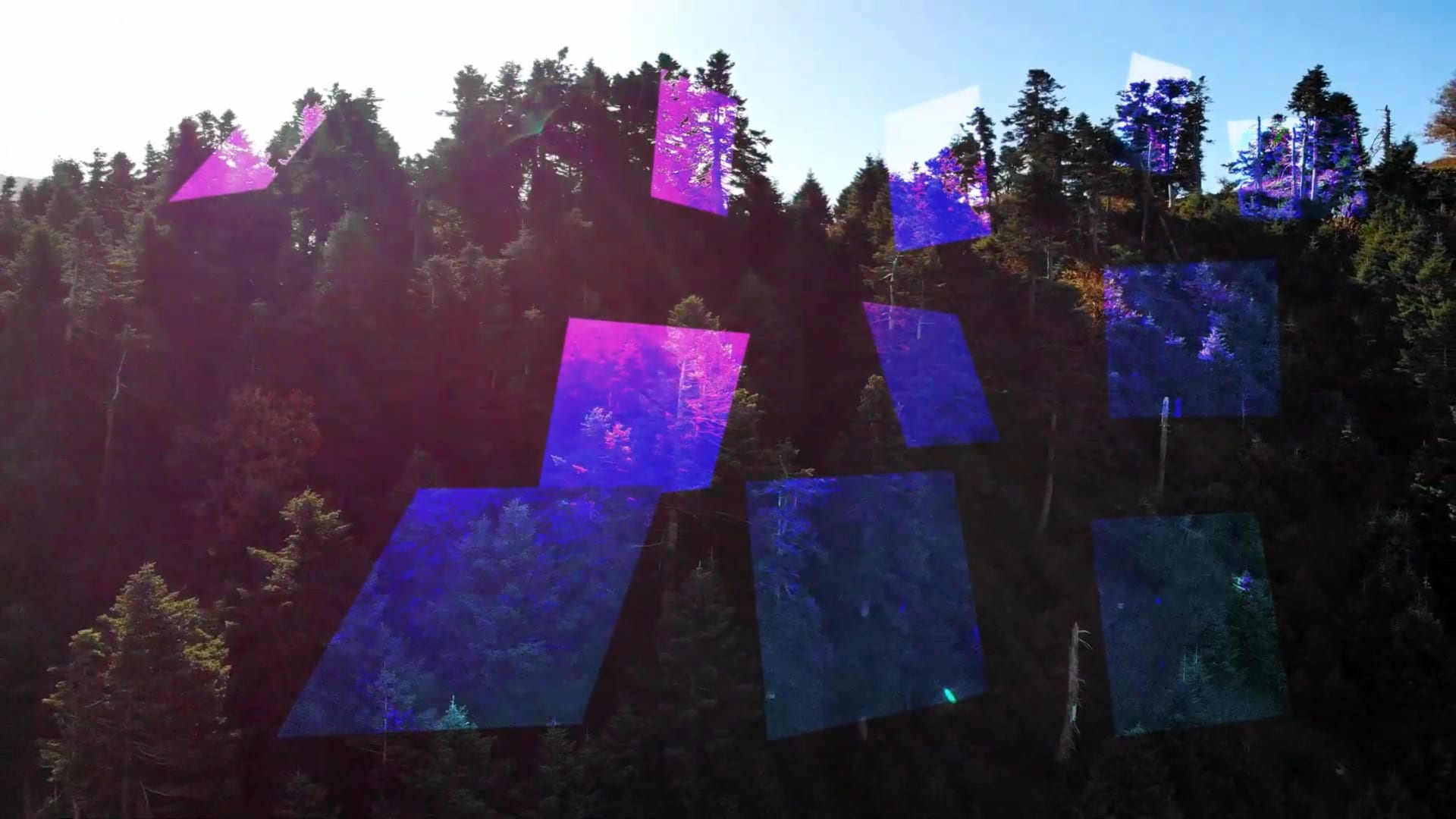Xukai Lin is a Chinese architect who graduated from the Architecture Department of Guangzhou Academy of Fine Arts, obtaining a five-year Bachelor's degree in Engineering. After one year of architectural practice, he joined the Environmental Architecture program at RCA for his postgraduate studies.
As a spatial designer, Xukai Lin endeavors to transcend the conventional framework of spatial design and explores the myriad possibilities of space. He engages in a dialogue with space and presents his ideas through various mediums. His works also reflect his contemplation of the environment, exploring the meaning of human intervention and design in shaping the environment.



